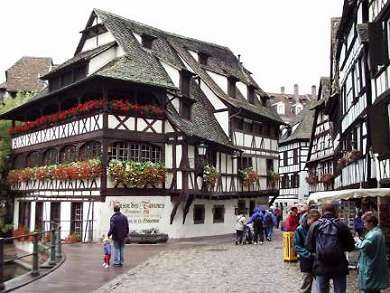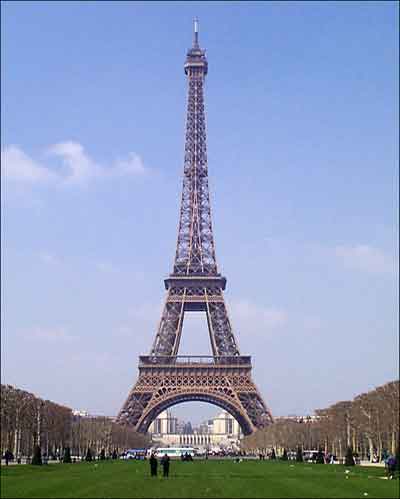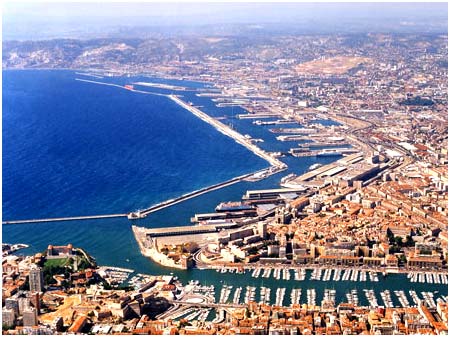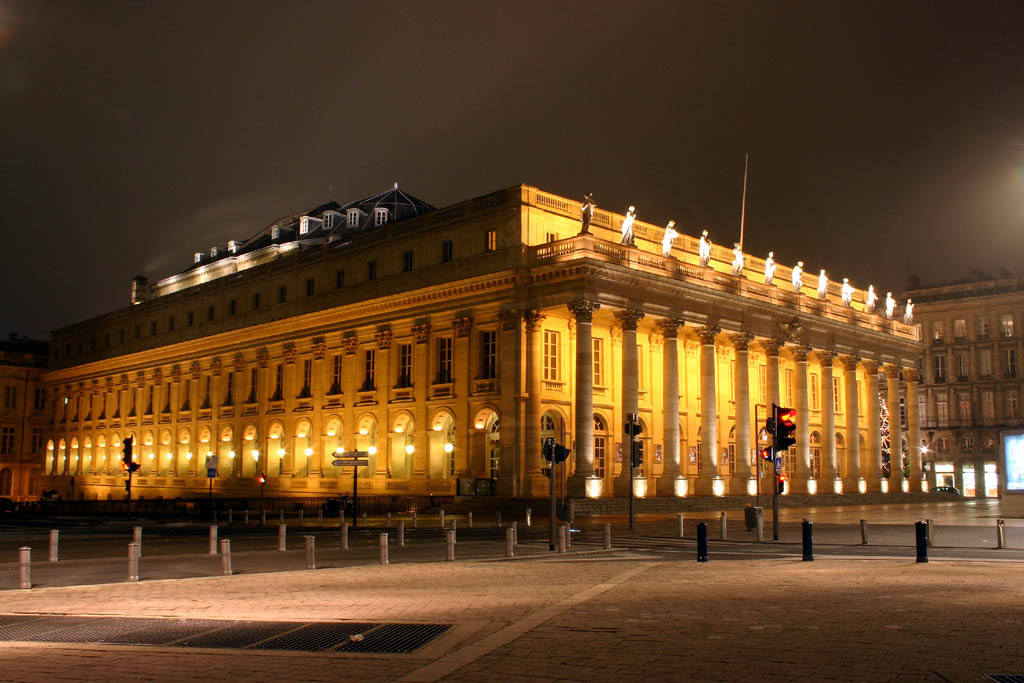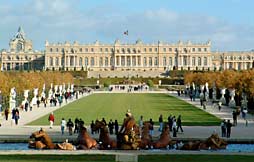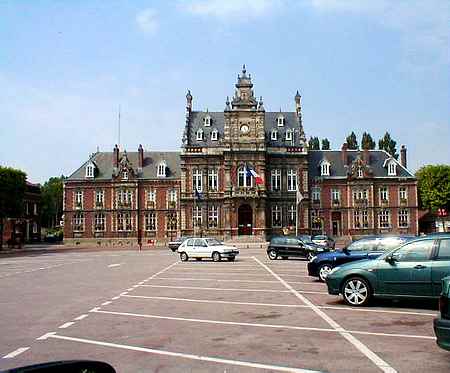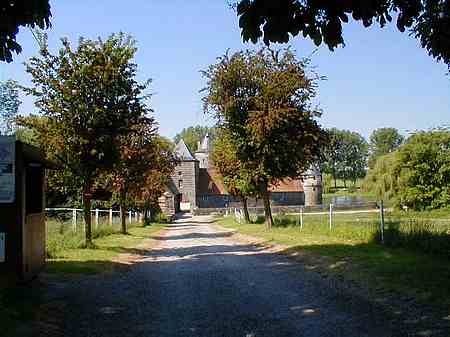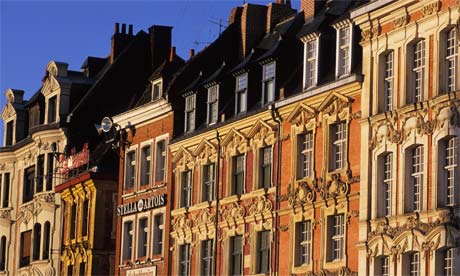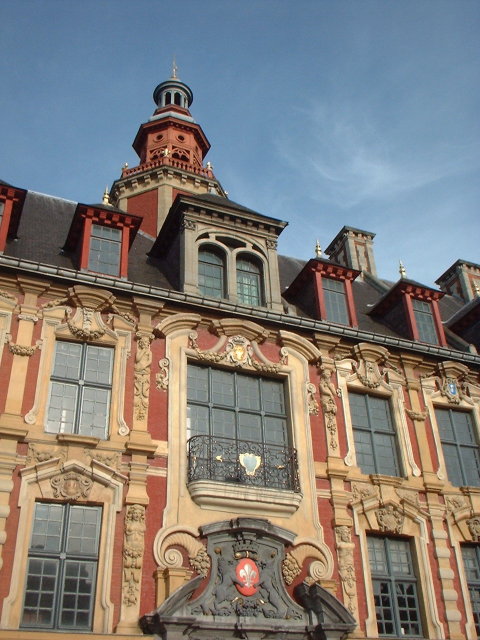
The Musée du Louvre in Paris is perhaps the most famous museum in the world.
1. Getting into the building
The long queues at the Pyramid entrance in the centre
of the Louvre are almost as famous as the museum itself.
Getting in line for an entrance ticket at the Pyramid can sometimes take as long as an hour.
That’s hardly surprising when 15,000 people a day visit the building.
But did you know that there are four other entrances?
If you want to avoid the queues then try using the entrance
at the Porte des Lions just east of the Pont Royal; at number 99 the Rue du Rivoli; at the Arc du Carousel or directly from the Metro station Palais Royal-Musée du Louvre (platform on line 1).
You can escape the queues completely by purchasing your ticket in advance at FNAC or other department stores.
There’s usually a small fee of a couple of euros per ticket for this service.
2. Good value tickets
Entrance to the Louvre is €9. If you head there after 6pm on a Wednesday or Friday, entrance is reduced to just €6 and the museum is open until 9.45pm.
Entrance is free for under 26s on Friday evenings.
On Bastille Day (14 July) and the first Sunday of each month entrance
is free for everyone, all day.
Be warned though, the galleries get even more busy at these times.
3. Get the view of an expert
The Louvre is massive. There are 35,000 works of art and 380,000 museum objects to see.
It’s so huge that it would take you a whole
day just to walk through all the galleries, never mind seeing any of the art.
In fact, a good way to get an overview of this enormous museum is to take one of the excellent guided tours, which depart from under the Pyramide throughout the day.
Tours are available in a variety of languages and are aimed at different levels, from first-time visitors to art experts. Tour times vary daily
so check the board when you arrive to see what’s on offer that day.
4. Check in advance
Of course, no trip to the Louvre is complete without seeing the Mona Lisa and the Venus de Milo. The Louvre have a habit of moving these
masterpieces around the building at short notice, so if you want to avoid wandering endless galleries needlessly
then take a quick look at their website before you visit www.louvre.fr.
5. Stop and recharge
With so many galleries, you’ll be in need of refreshment.
There are good places to eat and drink in the Louvre, but be warned that the Café Denon and Café Richlieu are rather expensive. Better value can be had at the Café Mollien (on the first floor) which also has a summer terrace.
But if you want to escape the building
you can get good snacks and light lunches in the
many cafés in the beautiful Jardins des Tuileries.
Also look out for the mobile snack stands which serve good
quality coffee at half the price of the museum cafés.




